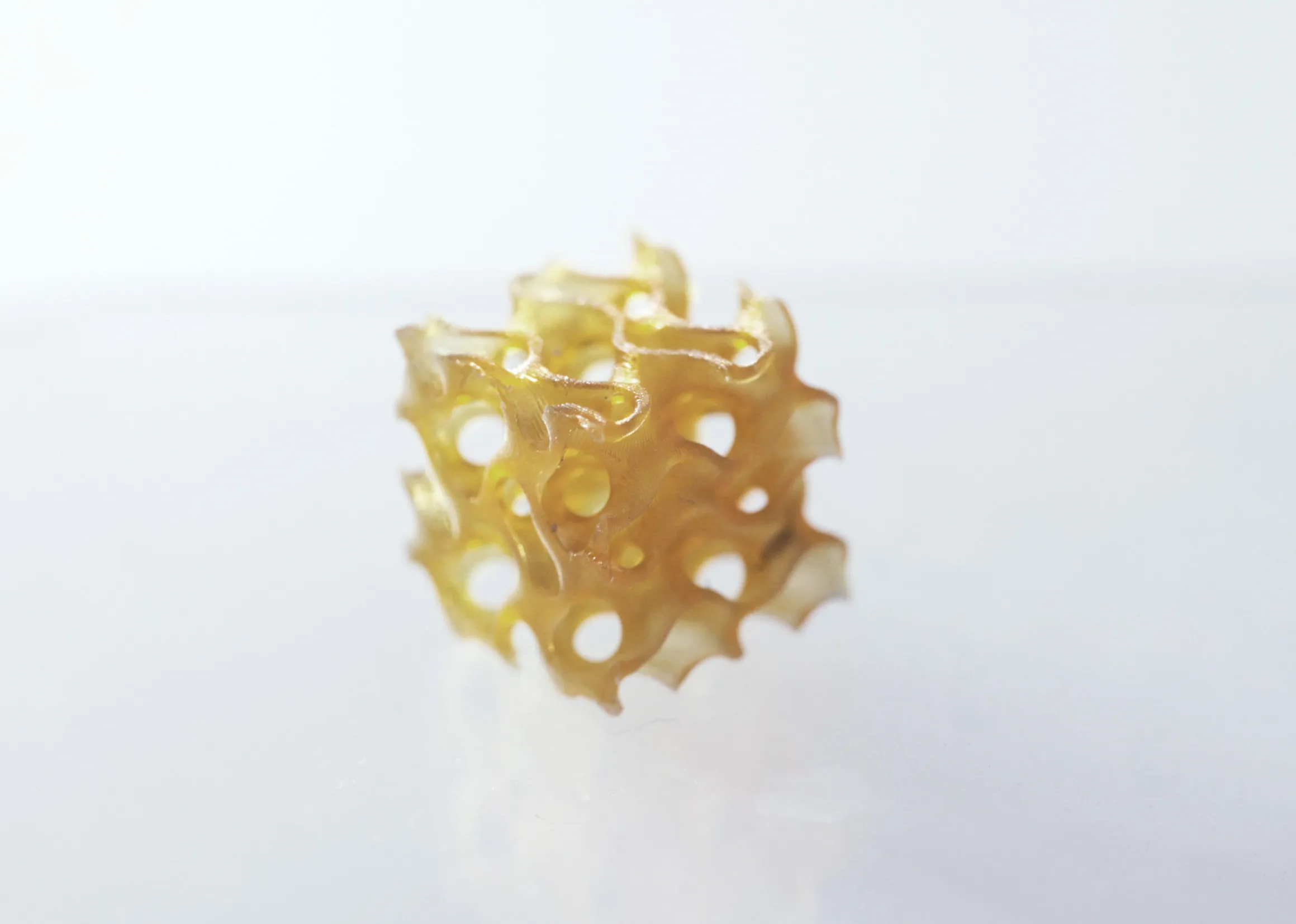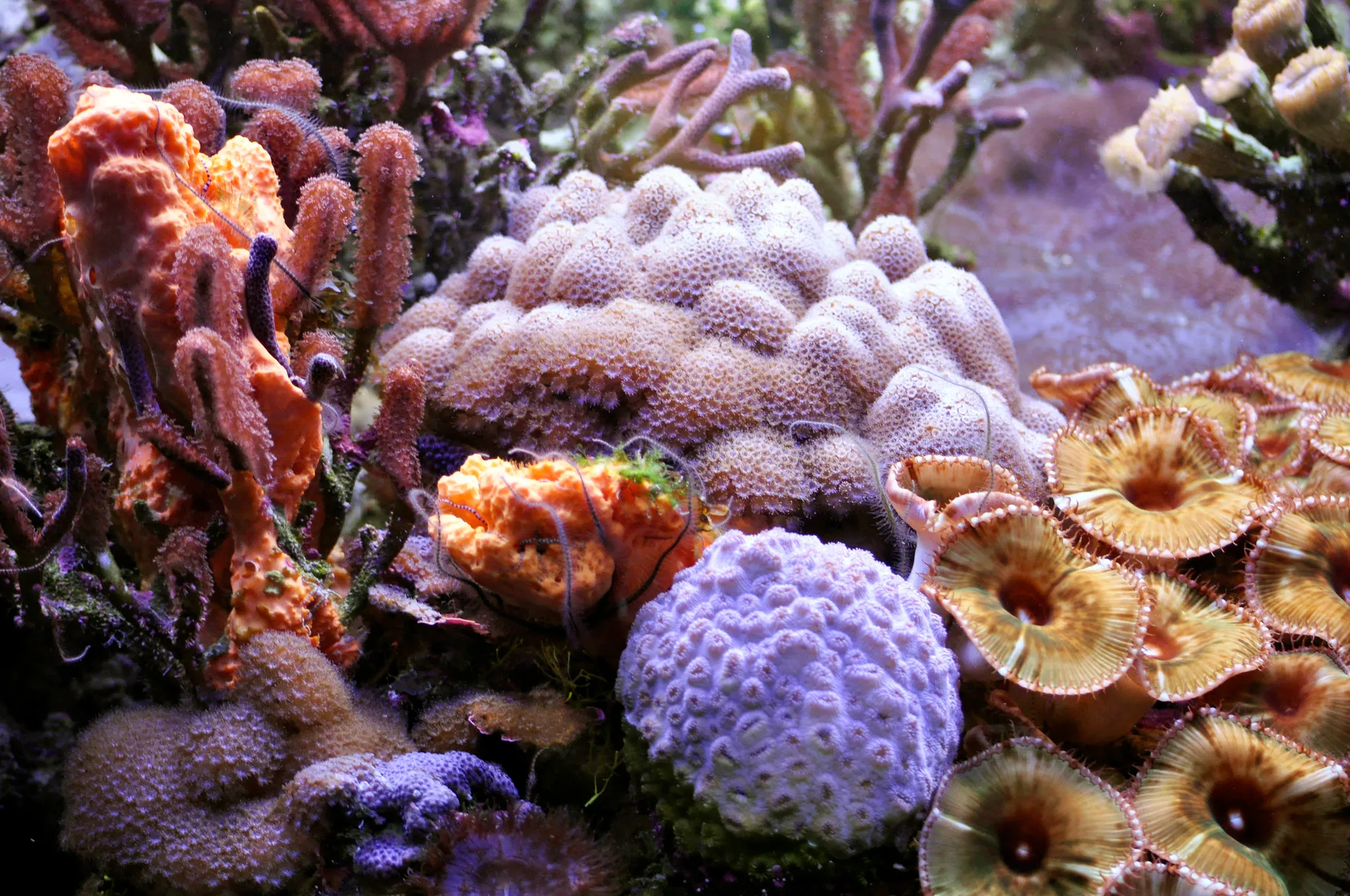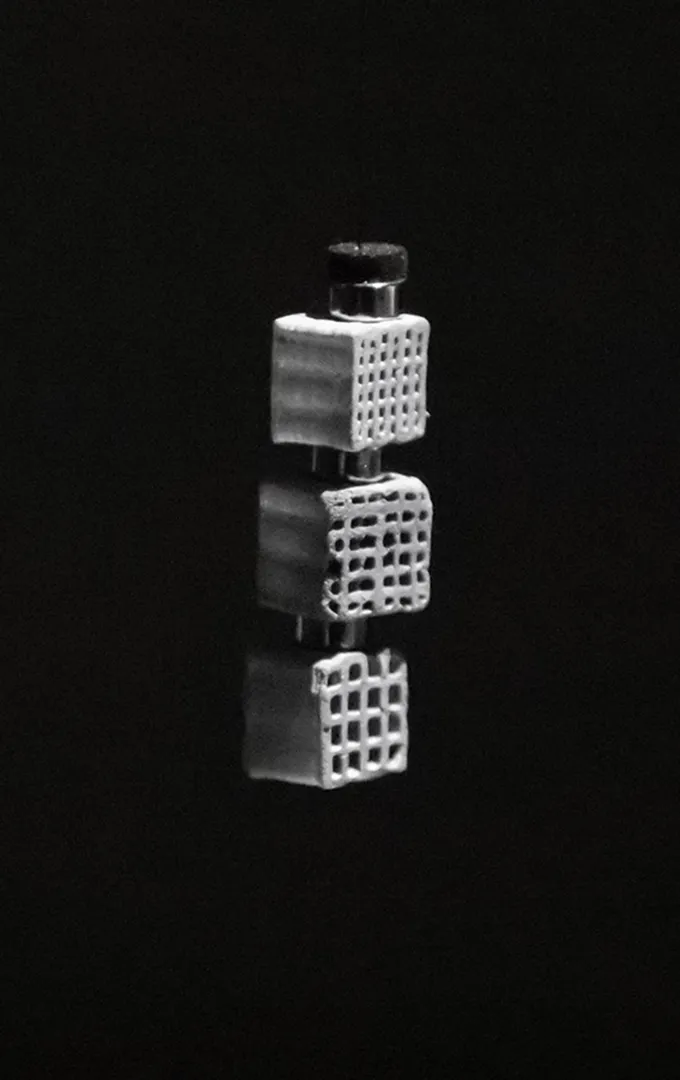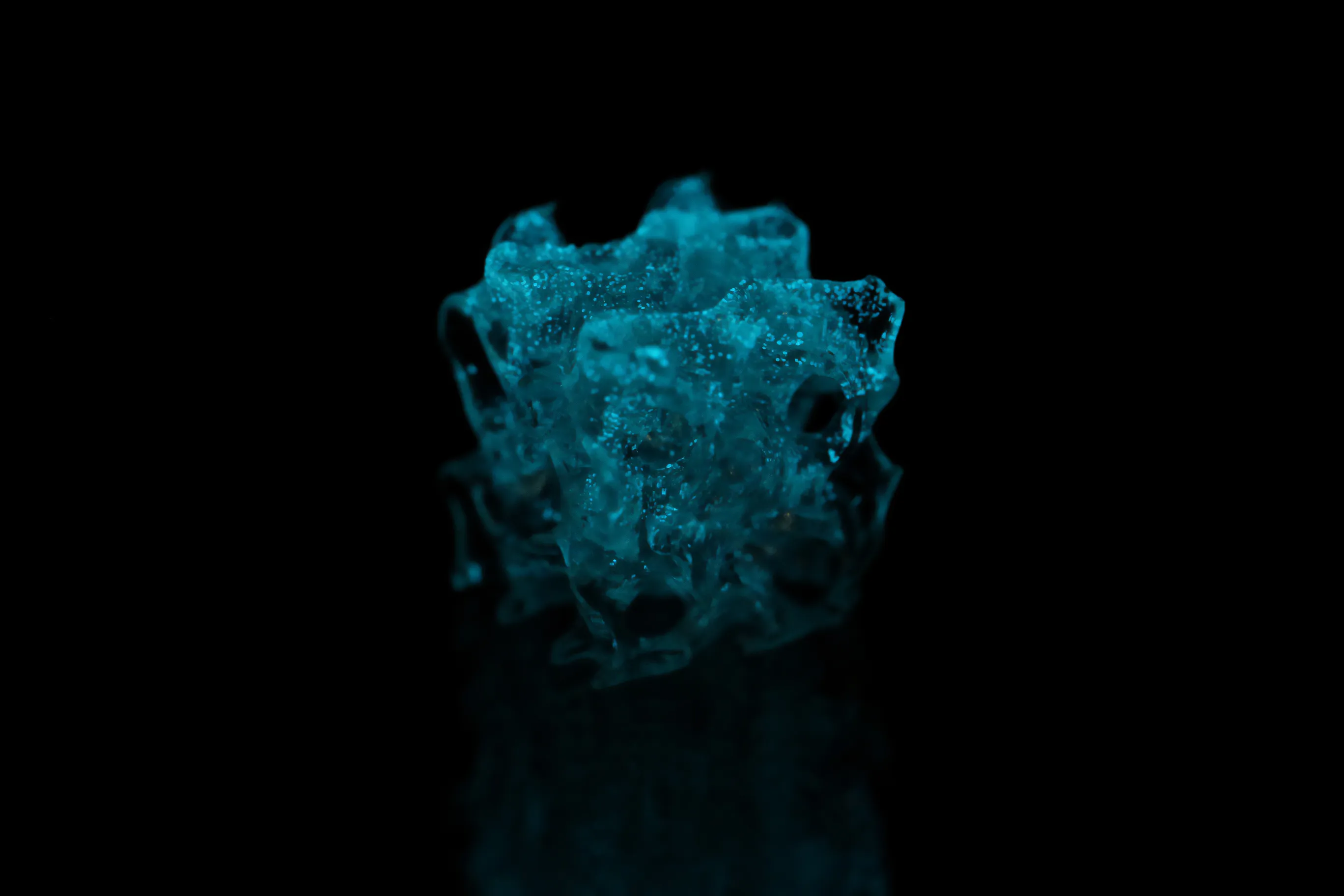
Sensing Ink
A Living Bacterial Ink for 3D Printing
Bacteria-based materials contain microbial life. Remember the Bacterial Hydrogels? What if we could 3D print these functional hydrogels in any shape and use them as living environmental sensors? Sensing Ink explores this possibility! Using Sensing Ink, you can 3D print glowing reactive hydrogels in delicate shapes, with many different possible functions.
Researchers
Institution
Tags
Properties
What’s so special?
Alive
Sensing Ink contains live bacteria. You only need to make sure they survive and remain healthy. Easy, when remembering that bacteria live among us perfectly happy without someone feeding them their dinner on purpose! Hand it some nutrients like sugars and it will survive for long periods!
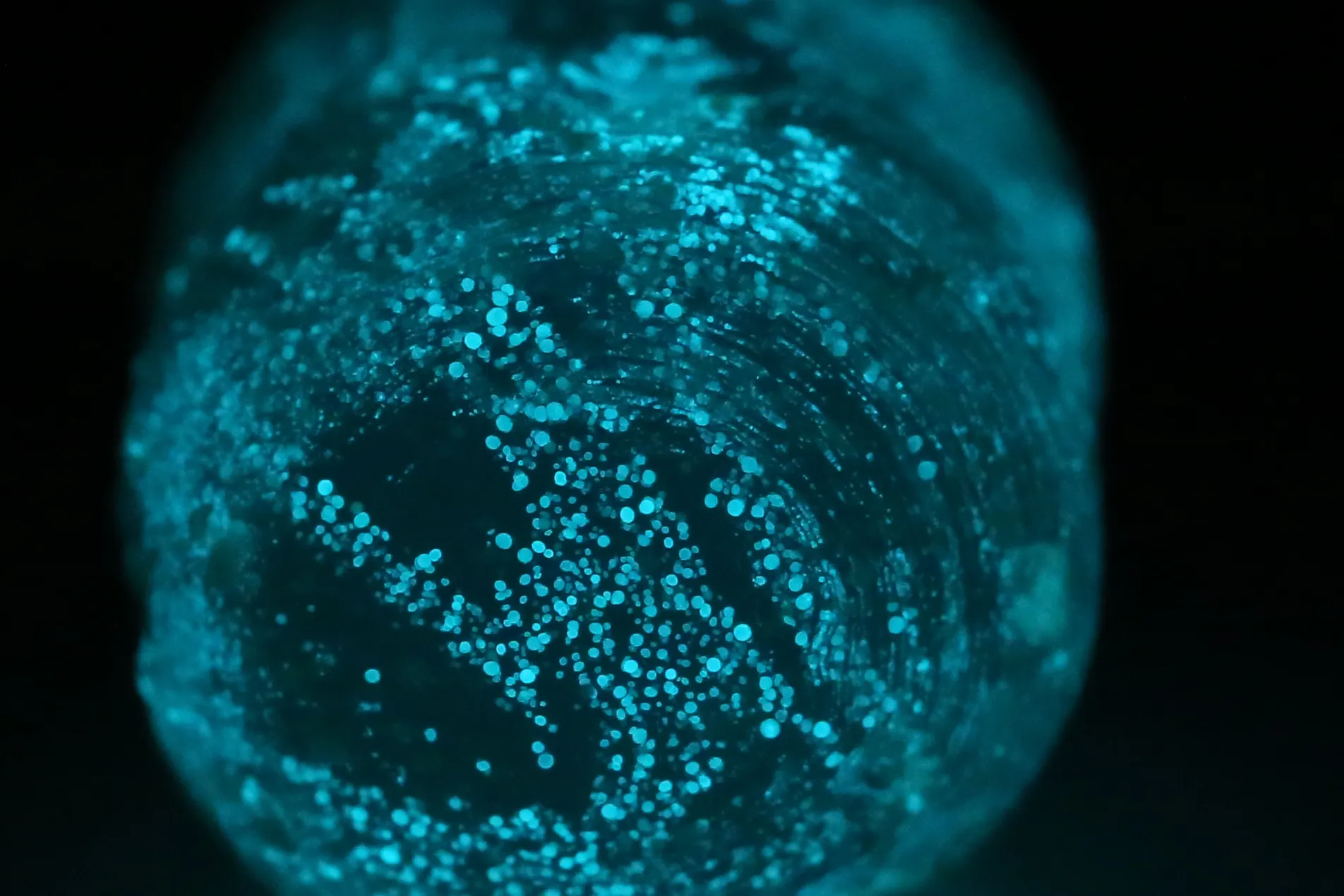
An object printed with Sensing Ink, containing glowing bacteria.
(Re)active
The bacteria contained in the Sensing Ink react to their environment. Using bioluminescent or melanin-producing engineered bacteria, objects printed with the Sensing Ink can be programmed to adapt their color in response to specific chemical processes. They can be used as a sensor to visualize hidden environmental properties, just like a display.

Overlaid photographs of a 3D-printed device containing two bacterial strains, showing the evolution of color and bioluminescence over time.
Emitting or blocking light
The Sensing Ink is translucent and its appearance can be adjusted with the contained bacteria. If the Sensing Ink contains bioluminescent bacteria, the printed hydrogel can glow in the dark like a jellyfish. The more surface area there is, the shinier the microbes will get due to increased bacterial activity. They only glow when happy and fed with nutrients. It’s also possible to block light by using engineered E. coli bacteria when designing and printing hydrogels.
Photographs of a gyroid (left) and a cube (right) printed with hydrogel inks loaded with Photobacterium kishitanii. The structures are photographed either under illumination or in darkness with longer exposure times to capture their bioluminescence
Liquid and 3D printable
Sensing Ink is a liquid ink, ready to be 3D printed. You can print complex geometries that are difficult to make otherwise. It offers high resolution and can mimic delicate natural structures like corals. The printing process allows for a lot of porosity, providing more surface area for bacterial activity.
Autonomous and efficient
Living systems can function autonomously and efficiently, using very little energy. Imagine creating self-powered devices by printing with this bacteria-filled ink!
Applications
What can we do with it?
Sensors and more
Possible fields of application for Sensing Ink are medicine, robotics, environmental sensing and infrastructure.
Objects printed from Sensing Ink could potentially be used to create low-energy environmental sensors. They could measure water quality, detect pollutants, and identify different concentrations of molecules by glowing or changing their color. Bacteria can be engineered to make this material sense and respond to specific environmental circumstances. Different bacteria could be used to achieve specific functions. However, the research is still far from application, as the development of this class of materials has only just begun.
In the future, even miniature ecosystems could be developed – small microbial factories that perform complex functions, all self-powered – such as a bacterial weather station that senses air quality. The possibilities are endless!
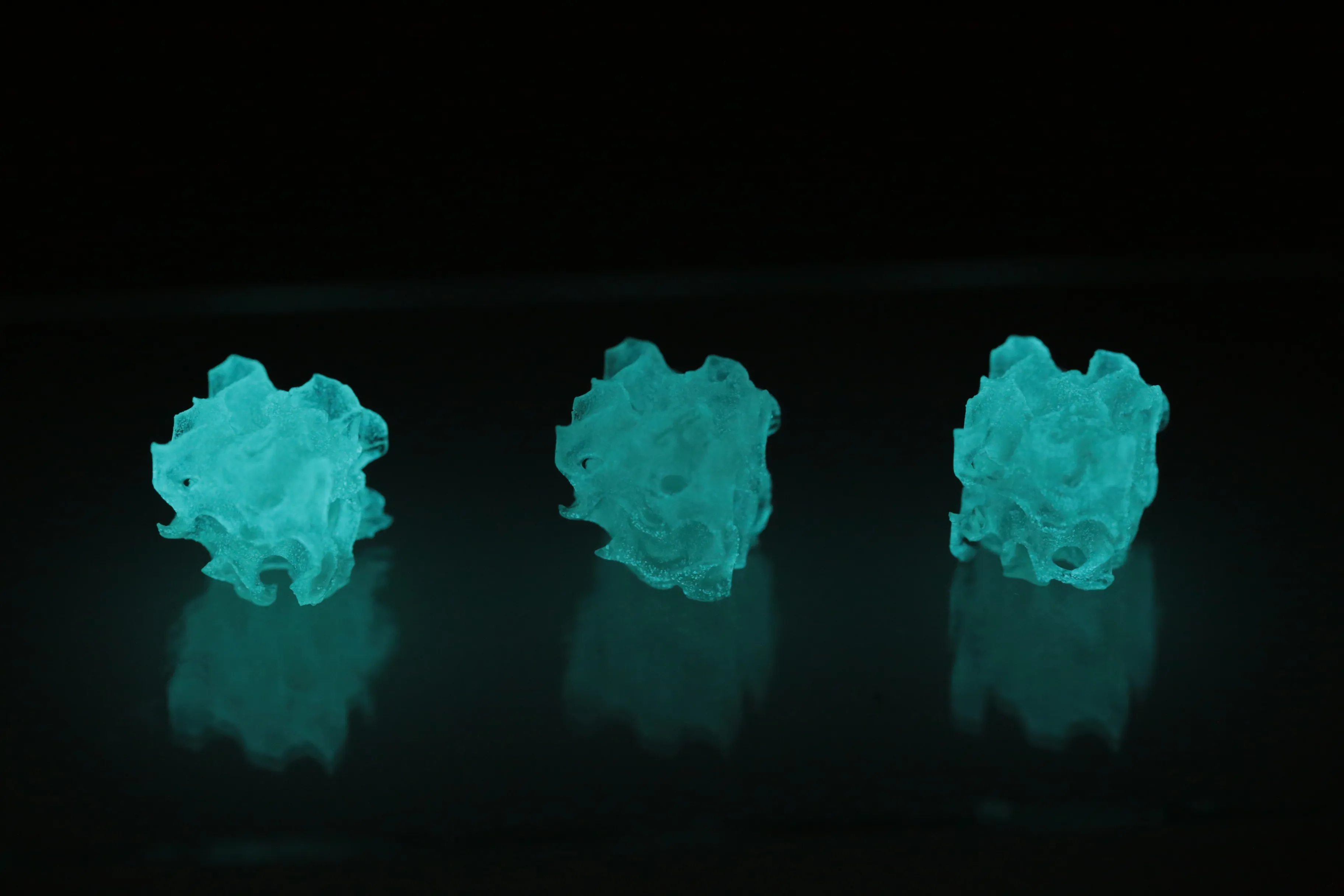
How could a sensor printed with Sensing Ink look like?
“I hope that with the system that I developed, somebody uses it to make a self-powered device with bacteria that can actually do something. I think it's a very exciting field because, as I try to convey, it's very actively researched, and by modifying bacteria, you can really do a lot of different things. More than what I can think, to be honest.”
Composition
What’s it made of?
The Living Ink is a mixture of water, bacteria and a polymerizable component, making it possible to turn the liquid ink into a solid hydrogel when printing. The resulting hydrogel is a polymer that binds water, containing the bacteria.
Depending on the use case, the ink can be infused with different wild-type or engineered bacteria. For example, to create a Sensing Ink with the ability to glow under certain conditions, a bioluminescent bacteria called Photobacterium kishitanii can be used. They are found in the light organ of Physiculus japonicus, a deep-sea fish living in the waters of Japan.
The ink itself has no nutrients to feed the bacteria inside, to avoid problems in the printing process due to chemical incompatibilities. Instead, they have to survive without food for a few hours until the printing process is complete.
A composite object containing two types of bacteria: Photobacterium kishitanii and engineered E. coli.
Fabrication
Which setup and printing technology are used for shaping this complex living material?
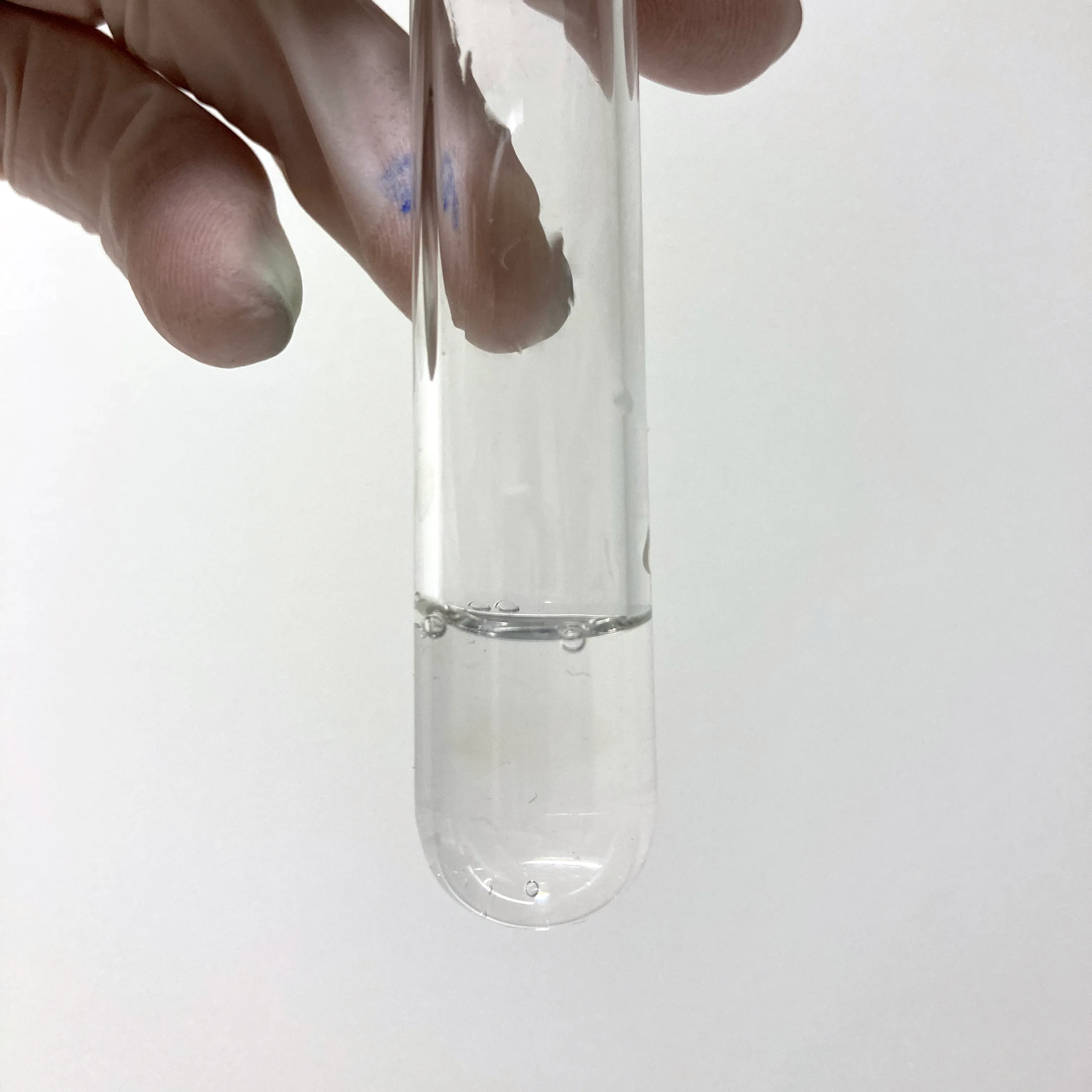
© Damien Loterie, Paul Delrot, Christophe Moser, EPFL Lausanne
Volumetric Printing in action.
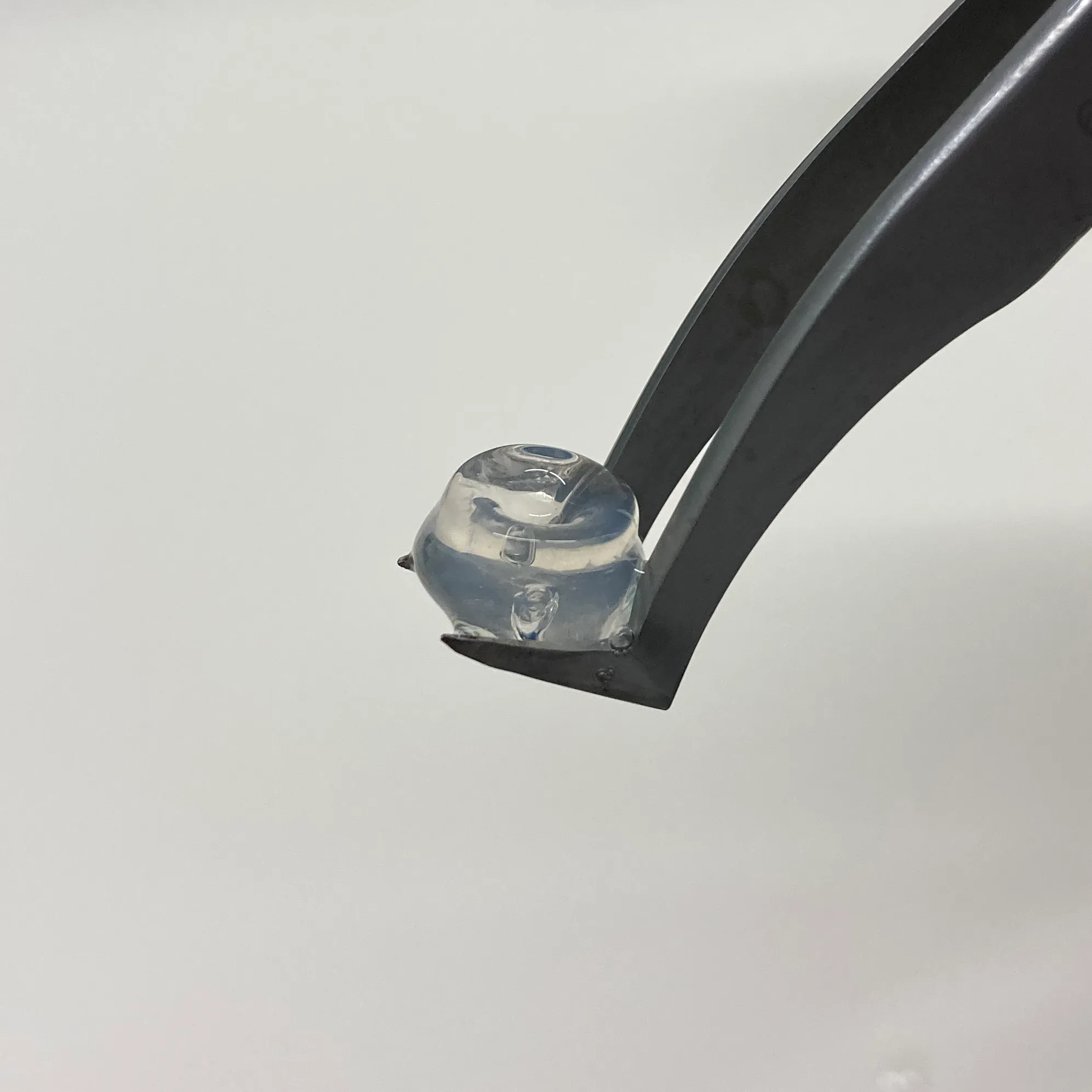
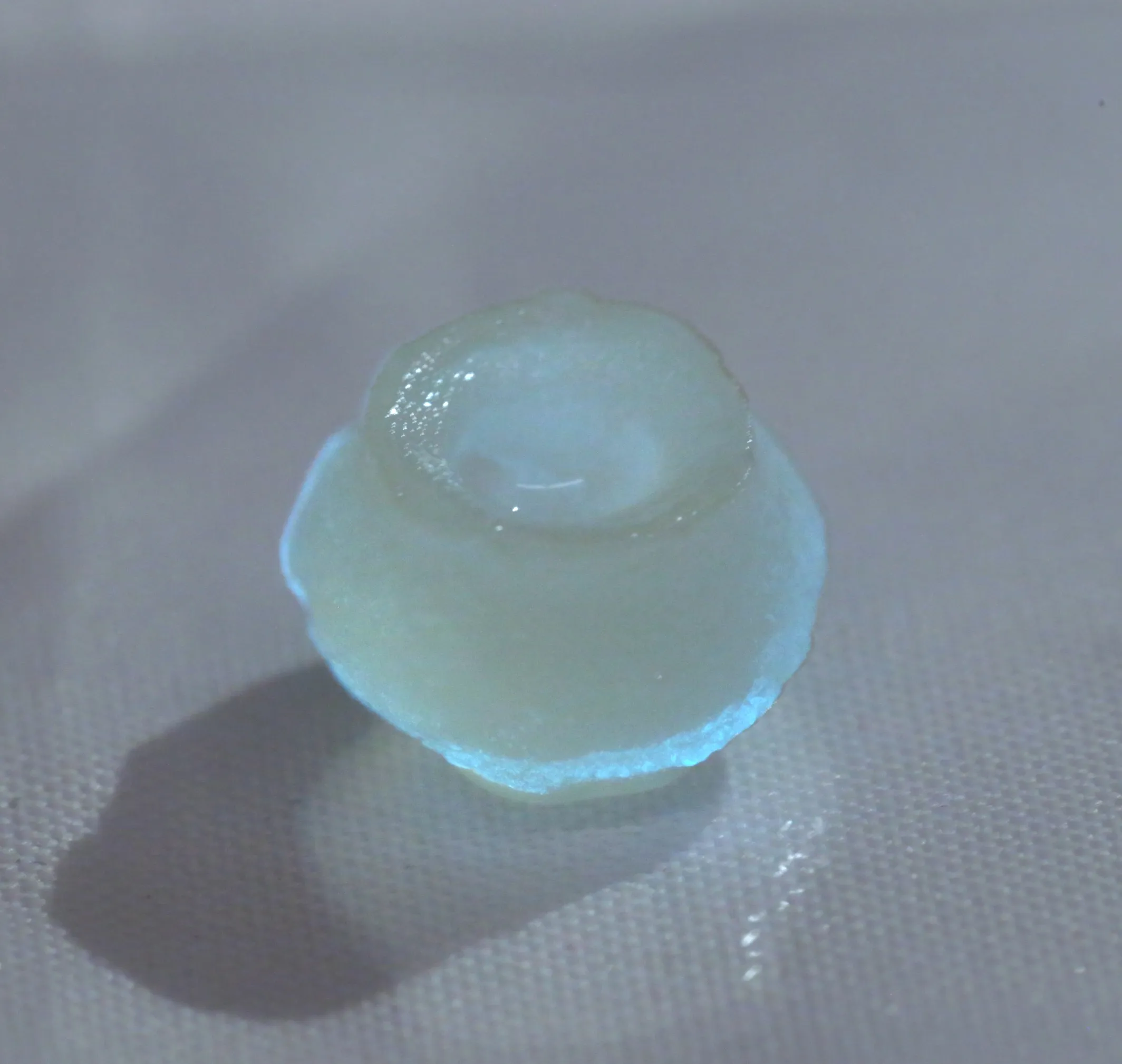
In the first step, bacteria are combined with a photopolymerizable liquid to form the ink for 3D printing.
Now we’re ready to print! The Sensing Ink can be printed using a technique called Volumetric 3D printing. Essentially, light solidifies an initially liquid material in specified areas. This method is very fast and well-suited for printing bacterial materials and allows the printing of intricate structures.
After printing, the excess material is removed, and the object is ready for usage or further processing.
Bacteria can stay alive in the ink for hours without needing nutrients. As the ink contains no food, they must be fed after printing in order to survive longer. To do this, they are immersed in a cell culture medium containing the necessary nutrients.
Feedback
Marco wonders what you think about this research. Let him know!

Researcher of Sensing Ink
Links
Want more details about the Sensing Ink?
Read the Research paper: Complex Living Materials Made by Light-Based Printing of Genetically Programmed Bacteria
Have questions? Get in touch
